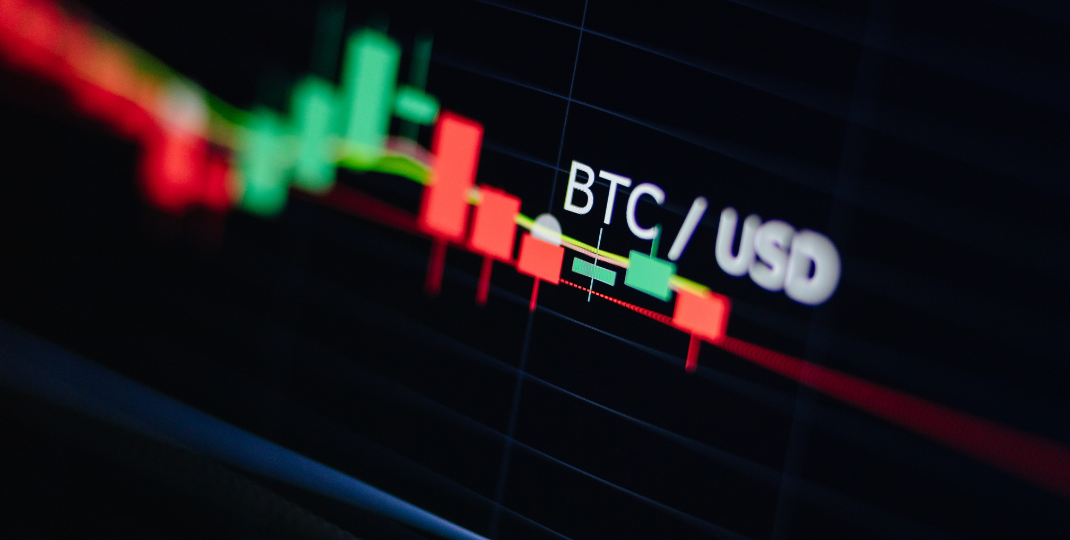The cultivation and harvesting of lipid-rich microalgae on a large scale pose numerous challenges for commercial purposes. Microalgae are known for their high lipid content, making them a valuable source of biofuels, nutraceuticals, and other products. However, scaling up production to meet commercial demand requires overcoming obstacles such as maintaining optimal growth conditions, preventing contamination, and developing efficient harvesting methods. Additionally, the cost of production and competition with other sources of lipids present further challenges for the successful commercialization of microalgae cultivation. Finding solutions to these challenges is crucial for unlocking the full potential of microalgae as a sustainable and economically viable resource.
Optimizing Nutrient Uptake and Utilization in Large-Scale Cultivation of Lipid-Rich Microalgae
To optimize the efficiency of nutrient uptake and utilization in lipid-rich microalgae cultivation on a large scale, several key strategies can be implemented. Firstly, it is important to carefully balance the concentrations of nutrients such as nitrogen, phosphorus, and micronutrients to meet the specific requirements of the microalgae species being cultivated. Additionally, implementing a continuous cultivation system can help ensure a consistent supply of nutrients to the microalgae, promoting steady growth and lipid production. Furthermore, optimizing cultivation conditions such as temperature, pH, and light intensity can also enhance nutrient uptake and utilization efficiency. Regular monitoring of nutrient levels and adjusting the cultivation parameters accordingly can help maintain optimal growth conditions and maximize lipid production in lipid-rich microalgae cultures on a large scale.

What are the most effective methods for controlling contamination in large-scale microalgae cultures?
The most effective methods for controlling contamination in large-scale microalgae cultures include implementing strict hygiene and sanitation practices, such as regularly cleaning and disinfecting equipment and culture vessels. Additionally, using closed-system photobioreactors can help minimize the risk of external contaminants entering the culture. Monitoring the culture conditions closely, such as pH levels, temperature, and nutrient concentrations, can also help prevent contamination. Implementing a robust biosecurity plan, including isolating new cultures and conducting regular screenings for potential contaminants, is crucial in maintaining a clean and uncontaminated culture. Finally, practicing good laboratory techniques, such as wearing appropriate protective gear and following proper handling procedures, can further reduce the risk of contamination in large-scale microalgae cultures.
Exploring Cost-Effective Technologies for Commercial-Scale Harvesting and Extracting Lipids from Microalgae
To develop cost-effective technologies for harvesting and extracting lipids from microalgae at a commercial scale, researchers can focus on optimizing various methods such as centrifugation, flocculation, filtration, and extraction techniques. Additionally, exploring novel technologies like ultrasound-assisted extraction, microwave-assisted extraction, and enzymatic hydrolysis can also improve efficiency and reduce costs. Furthermore, integrating automation and robotics into the process can help streamline operations and reduce labor costs. Collaborations with industry partners and utilizing economies of scale can also contribute to driving down overall production costs. Overall, a multidisciplinary approach that combines engineering, biotechnology, and chemistry can lead to the development of more efficient and cost-effective lipid extraction technologies for microalgae on a commercial scale.
What are the environmental impacts of large-scale microalgae cultivation, and how can we mitigate them?
Large-scale microalgae cultivation can have both positive and negative environmental impacts. On one hand, microalgae provide a sustainable source of biofuels and valuable compounds for various industries, reducing the reliance on fossil fuels and minimizing greenhouse gas emissions. However, large-scale cultivation can also lead to potential issues such as nutrient pollution, habitat destruction, and disruption of aquatic ecosystems. To mitigate these impacts, strategies such as implementing closed-loop systems to reduce nutrient runoff, using non-toxic harvesting methods, and monitoring water quality to prevent contamination are crucial. Additionally, conducting thorough environmental impact assessments and adhering to regulations can help ensure that large-scale microalgae cultivation remains environmentally sustainable.
How do we ensure consistent quality and productivity in lipid-rich microalgae production on a large scale?
Consistent quality and productivity in lipid-rich microalgae production on a large scale can be ensured through various measures such as strict monitoring of environmental conditions, regular maintenance of equipment, standardized operating procedures, thorough training of staff, and continuous research and development to optimize growth conditions. Implementing automation and advanced technology can also help in maintaining uniformity and efficiency in the production process. Additionally, regular testing and analysis of the microalgae samples can help identify any potential issues early on and ensure that the final product meets the desired quality standards. Collaborating with industry experts and conducting regular audits can also help in identifying areas for improvement and ensuring a high level of consistency in production.

What are the best practices for scaling up microalgae cultivation without compromising sustainability?
The best practices for scaling up microalgae cultivation while maintaining sustainability include optimizing nutrient and light availability to ensure optimal growth rates, implementing efficient harvesting and processing methods to minimize energy consumption and waste generation, utilizing recycled water sources and minimizing water usage through the implementation of closed-loop systems, and conducting thorough life cycle assessments to identify and address any potential environmental impacts. Additionally, incorporating bioremediation techniques to treat wastewater and carbon capture technologies can further enhance the sustainability of microalgae cultivation at a larger scale. Collaboration with research institutions, industry partners, and policymakers can also help in developing and implementing innovative solutions to overcome challenges and promote sustainable growth of the microalgae industry.
How can we address the variability in lipid content and composition among different strains of microalgae on a commercial scale?
To address the variability in lipid content and composition among different strains of microalgae on a commercial scale, we can employ a combination of genetic engineering, selective breeding, and optimization of cultivation conditions. By identifying and selecting high lipid-producing strains through screening and genetic analysis, we can improve the overall lipid content of the microalgae biomass. Additionally, by optimizing cultivation parameters such as light intensity, temperature, nutrient availability, and CO2 concentration, we can further enhance lipid production in a consistent and scalable manner. Collaborative efforts between researchers, biotechnologists, and commercial producers can help streamline these processes and ultimately improve lipid yields for various industrial applications.
What are the regulatory challenges and considerations for large-scale production of lipid-rich microalgae for commercial purposes?
The regulatory challenges and considerations for large-scale production of lipid-rich microalgae for commercial purposes include ensuring compliance with existing environmental regulations, obtaining necessary permits for land use and water resources, addressing potential concerns related to genetic modification and biosecurity, conducting thorough risk assessments for potential impacts on ecosystems and human health, navigating complex intellectual property rights issues associated with novel strains or technologies, and meeting stringent quality control standards for food, feed, pharmaceutical, or biofuel applications. Additionally, regulatory frameworks may vary between countries, requiring companies to navigate a complex web of rules and guidelines in order to successfully bring their products to market.
The Challenges of Large-Scale Cultivation and Harvesting of Lipid-Rich Microalgae for Commercial Purposes
In conclusion, the challenges associated with large-scale cultivation and harvesting of lipid-rich microalgae for commercial purposes are numerous and complex. These challenges include finding suitable land or water resources, optimizing growth conditions, ensuring consistent quality and productivity, developing efficient harvesting methods, and managing the environmental impact of cultivation. Additionally, the high costs involved in scaling up production and the competition with other sources of biofuels and food additives further complicate the process. Despite these challenges, continued research and development efforts are needed to overcome these obstacles and unlock the full potential of lipid-rich microalgae as a sustainable source of valuable compounds for various industrial applications.
